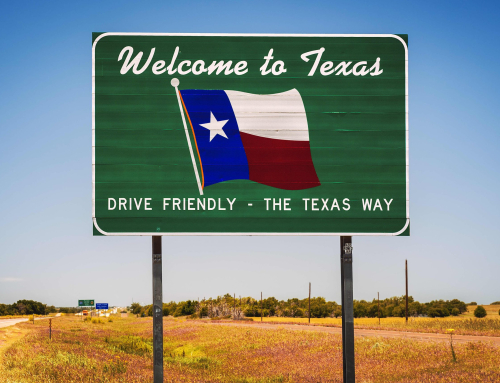I remember when I finished reading the Bible for the first time. I was happy with the accomplishment but also sad that there were no more books. It did not take long for me to realize that God’s Word is inexhaustible. Some 20 years later and many more times through the Bible, I realize that I’ll never “finish reading” God’s Word.
Yet after that first read through I was indeed disappointed that I’d read the whole story – that is until I picked up my friend’s Bible. She was from a Catholic background and as I thumbed through her Bible, I realized that there were seven books that I’d never read before. Were these Scripture too? Was my Bible missing books?
On occasion that question will press upon believers. In the early 2000’s, with the release of Dan Brown’s The Da Vinci Code, this question became prominent again. This time the concern was over a different set of books that some thought were taken out of the Bible.
So, do we have the complete Bible? Are there books that are missing?
There are three different concerns when this question is asked. From a Roman Catholic perspective, there are seven books which those of a Protestant persuasion do not consider to be inspired, so these books are “missing” from their Bible. From an Latter Day Saints’ perspective, the entire Book of Mormon is “missing.” Others will point to the “lost books of the Bible” as being removed from the canon during the first couple hundred years after Jesus. So, are there books missing from the 66 books of your Bible?
To answer that question, it is helpful to understand how the Bible came to be. It is common in our day to picture a group of men in the 4th century with a deeply engrained political agenda filtering through a large number of possible Scripture books and declaring them Scripture. As if some were saying, “we like the letter to the Hebrews so we will call that Scripture, we like Paul, but we aren’t big fans of the Shepherd of Hermas or the Gospel of Thomas. The Revelation of John fits our agenda but the Apocalypse of Peter does not, so we’ll cancel that one.”
In this narrative reconstruction it’s as if this group of men all voted and landed on the 27 books we now consider the New Testament. But that’s not exactly how it went down. I am focusing on the New Testament here because if you can establish these as canon, then the Old Testament should not be difficult. Jesus and the apostles declared these 39 books to be the Jewish Scriptures, so we affirm the same. We know that Jesus held these 39 books because of what he said in Luke 24:44;
Moses, Prophets, Psalms is the typical threefold Jewish division of the Scriptures (Law, Prophets, and Writings). This being the accepted Jewish canon has not the subject of much debate. The New Testament, however, is a different story.
I wish I could tell you that we already had a firm grasp on the 27 books within the first century, but that is simply not true. The oldest extant list that matches our 27 books is that of Athanasius’ letter in 367 AD. This is where the charge by some that the New Testament canon was adopted in the 4th century comes from. It sounds legit because it has an element of truth to it, but it’s not the whole story. In truth, all 27 books of the New Testament were likely completely by 100 AD. They were widely read and considered to be Scripture in the next 100 years. Many early church writers referred to New Testament passages as Scripture.
What really happened in the 4th century is that a council recognized what had been practiced in the church since the days of the apostles. A heretic, named Marcion, forced the church to make explicit what had been practiced for centuries. Marcion picked which books he liked and which ones he did not. It caused the question of canon to be asked. This is why in the 4th century the early church had to put something in writing which recognizes which books are authoritative and which ones are not.
There is an important distinction to be made here. The canon is not an authorized collection of writings (in that the church conferred authority or approval upon a list of books). Rather, the canon is a collection of authoritative writings. The church recognized their authority, it did not give them authority.
How did they recognize which books were authoritative? Three rules for canonicity were used. First, was it written by or tied closely to an apostle? Secondly, was it widely recognized by the churches? Third, did it conform to the rule of faith—basic orthodox Christianity that had been orally handed down from the apostles and Jesus himself?
The question of whether or not books were “removed from the Bible” is somewhat nonsensical given the process. Were some books considered not-authoritative? Yes. Were they removed? No. They were recognized as not being God-breathed.
Link to Full Article: Are There Missing Books of the Bible? (biblestudytools.com)







